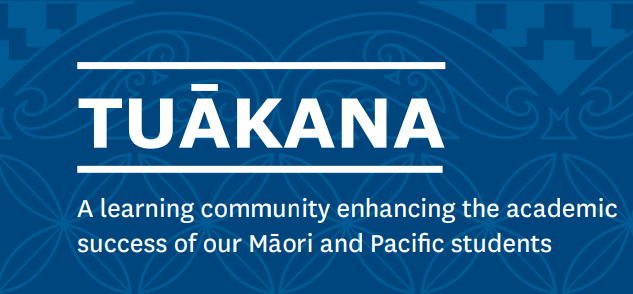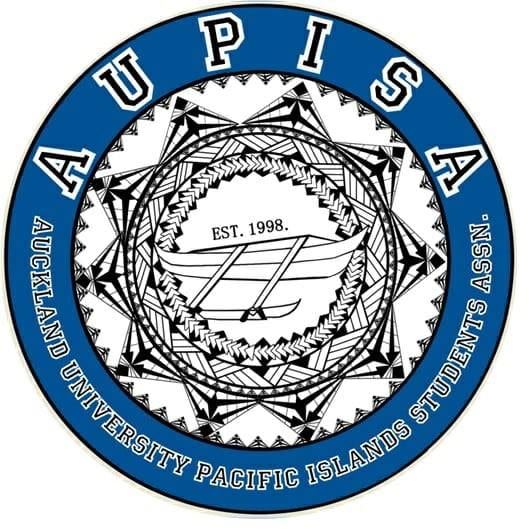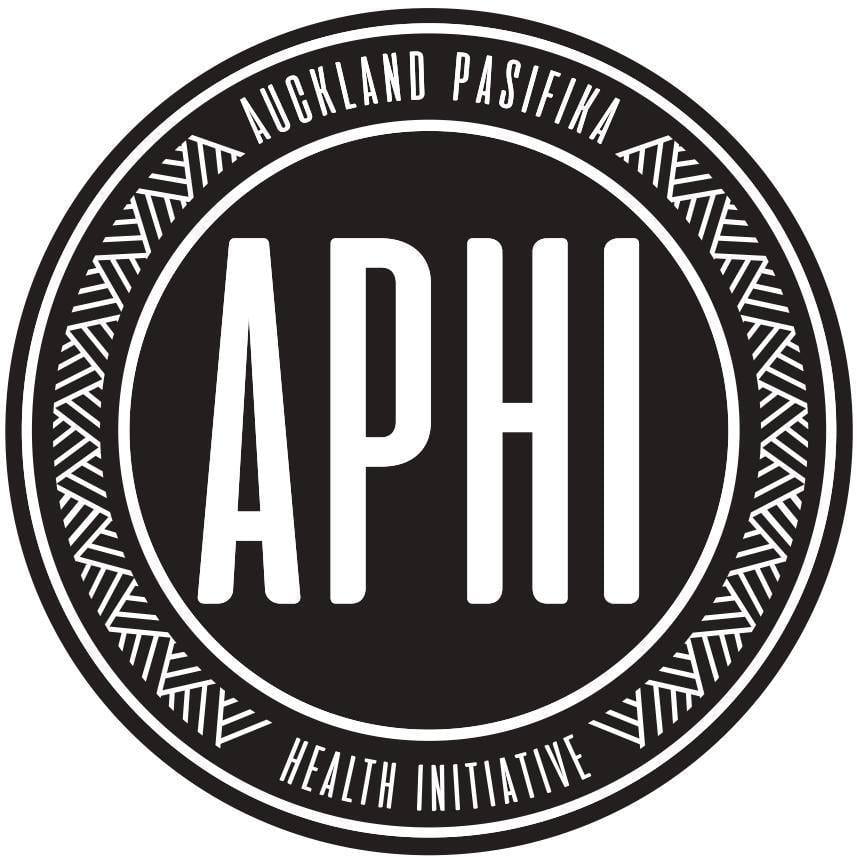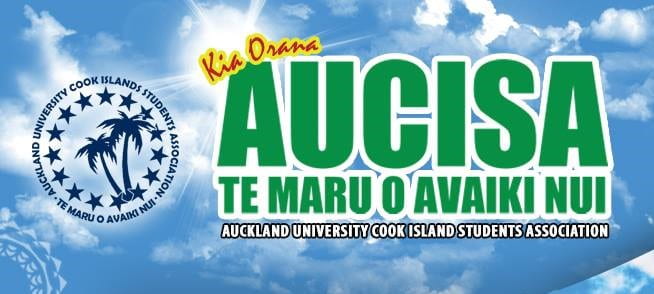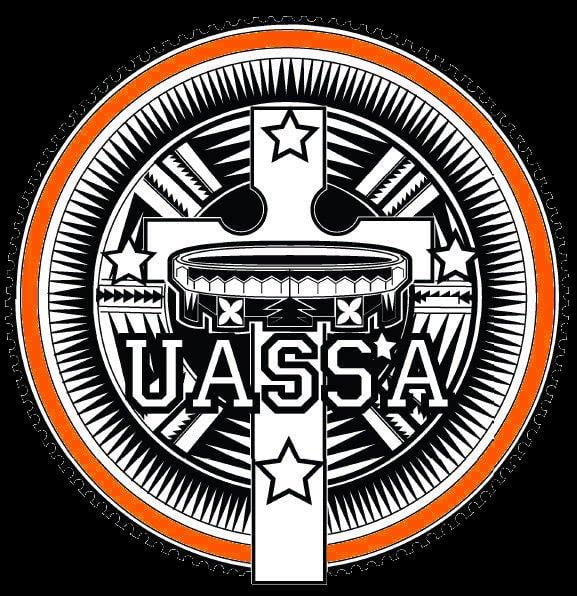Pasifika Students
About the image above
Strength in author (Joseph) standing tall and draped in tivaivai, amongst the foliage representing the inherent connection between all living things. The tivaivai is the main focus of the image, which is in itself a sacred artform, this paired with the upright regality of the subject (Joseph) represents the strength of Pasifika culture in a world where Pasifika are few and far between geographically.
This photo is showcasing a Cook Island cultural artefact, the tivaivai. It is hand stitched quilt made for special occasions to honour a person. The heavy foliage further emphasises Pasifika relationships with the land – we are part of the land, and it, part of us. We used tivaivai as a reflection of environment, creating a tivaivai takes time and respect of the subject being represented. Likewise, time is precious in the sustainability, care, and regard of nature – we take care of nature and nature will take care of the people.
Pasifika Success as Pasifika: Pasifika excellence from the University of Auckland
Support for Pasifika Students
We asked Pasifika students what they prioritise and value:
Fulfilling migratory aspirations:
“Fulfilling the migratory dream”
Collectiveness:
“…Pasifika success is knowing that if one of us makes it, all of us have made it”
Resilience:
“It is building our own table when we had nowhere to sit”
“It is the small wins at home and the big wins in public that is Pasifika success to me”
Endurance:
“… when I graduate with my conjoint degree that has taken me 7 years to get …”
Family:
“…making my family and the people who helped me achieve success proud and being
able to take care of them in return”
Holistic mindset:
“Pasifika success needs to be looked at through a holistic lens”
Crucial to successful education of Māori and Pasifika students in the academy is having a non-reproaching attitude towards students, emphasises must/should be on the university (institution) and what changes need to be implemented to facilitate student achievement (Airini et al., 2011). Inclusive language such as ‘we, us, our’, instead of ‘they, their, them’ at the university created a positive outlook for Pasifika and Māori students. Although Western knowledge has created great advancement and progression for Pacific peoples, Koloto suggests at the same time educators have subjugated indigenous knowledge and ideals of indigenous peoples. It is imperative that Pasifika epistemology, ontology and cultural identity come to the fore in higher education so Pasifika can have a sense of belonging where their cultural knowledge is part of their education.
Essential to the Pasifika and Māori students’ success at university is for educators to appreciate, understand, value different ways of knowing; to implement strategies and attitudes that these students can relate to. For non-Pasifika educators, perhaps an orientation day at the commencement of semesters introducing them to Pasifika and Māori culture; the importance of other ways of knowing, learning, identities, values, beliefs, and cultural support. For Pasifika academics the battle continues as they listen to student voices: as a collective in academia implementing changes to support the success of their Pasifika students.
At its core, Pasifika success is inclusive and uplifting; a source of empowerment for each generation to realise their potential and innate greatness. Transcending the focus on deficit mitigation and financial capital, Pasifika success is an unseen driving force – the mana of our islands and our ancestors being passed down through generations and giving us the means to achieve. Though scattered across the vast expanse of Te Moana Nui a Kiva, we are all connected by this immense body of life. We are all an essential part of this oceanic community; all of us possessing the knowledge and spirit of our ancestors. This sense of community is evoked in all facets of Pasifika culture and allows us to interpret and manifest success in a variety of ways.
